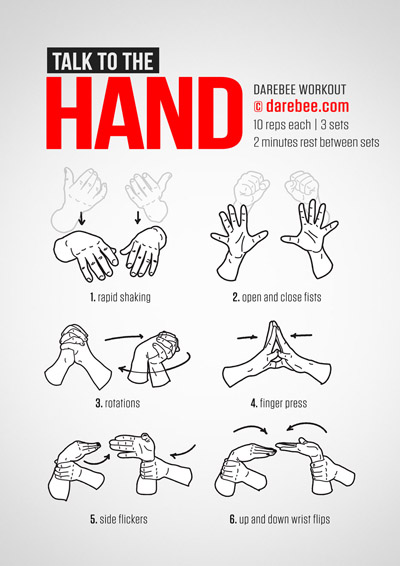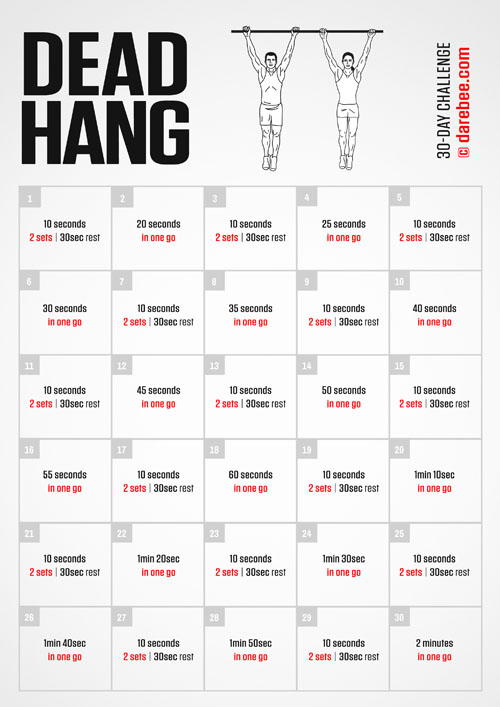If there was to be a single, across the board, test that would quickly reveal how strong, fit and healthy you are and how long you are likely to remain like this in your lifespan, then the grip strength test is exactly that test.
Studies show that grip strength is a strong biomarker for a whole range of health and fitness attributes and conditions: Fitness and health[1] for older adults, premature ageing[2], cardiovascular health[3] and resistance to cancer,[4] healthspan[5], heart health[6] and prevalence of hypertension and diabetes[7].
The reason grip strength is such a powerful indicator of such a large cross section of our health, lies in the nature and number of the forearm and hand muscles that make them the proverbial canary in the coal mine. For instance, there are 19 muscles in the forearm.[8] Eleven are classified as extensor muscles and eight belong to the flexor group, and there are over 30 muscles in the hand,[9] working together in a highly complex way. If there is something wrong with us that will lead to weakness, disease and earlier than expected mortality the early symptoms are a weaker than expected grip.[10]
Chronic injuries such as tendonitis and general inflammation in tendons and muscles along the shoulder-elbow-wrist line also produce muscular weakness by undermining the ability of muscles to generate sufficient force when gripping an object. Finally, age-related conditions such as peripheral neuropathy[11], when they occur, also contribute to an overall reduction in strength and a weaker than expected, grip.
A metanalysis review[12] of several different studies concluded that hand grip strength is also indicative of diseases such as Parkinson’s that can take a long time to be diagnosed and which, by the time they can be diagnosed, have already caused significant weakness to occur in the body’s skeletal muscle and the signals of the body’s central nervous system (CNS).
How Long Should You Be Able To Hang For?
One of the easiest ways to measure grip strength is by doing a dead hang where you hand from a pull up bar, supporting your entire body weight for as long as you can. The time you can dead hang for depends on age and weight[13] and, obviously your own fitness level and what sports you do. However, as a rule of thumb the average dead hang times are:
- 10 seconds – beginner level
- 20 to 30 seconds – intermediate level
- 45 seconds or more – advanced level
Grip Strength Can Be Improved Through Exercise
The good news is that grip strength is a fitness attribute we can all work on and improve regardless of age. Simple hand exercises such as rapidly opening and closing the fingers of our hand with arms extended, can help us train the tendons of the hand and wrist and improve the functional ability of the forearm muscles.
Our collection of hand workouts provides a number of basic workouts that form a great foundation to build better grip strength. Additional ways to improve grip strength are:
- Pick up and hold for as long as possible a dumbbell or another similar weight.
- Practice doing farmer’s walk with dumbbells or another, similar weight.
- Hang from a chin up bar for as long as possible.
- Pick up a dumbbell, hold it so your wrist looks upwards. Now practice bringing your hand, as you hold it, closer to your elbow joint by flexing the forearm muscles only.
All of these are activities that help develop stronger forearm and wrist muscles and tendons. Improvements in grip strength then mirror improvements in other aspects of the body’s health.
Workouts to Try:
Challenges to Try:
Summary
While grip strength is something that is often overlooked when exercising, it is an important biomarker of many of the body’s underlying health systems. Improving it through exercise that targets grip strength, specifically, helps improve many other areas of health and fitness.
Research
- Bohannon RW. Grip Strength: An Indispensable Biomarker For Older Adults. Clin Interv Aging. 2019 Oct 1;14:1681-1691. doi: 10.2147/CIA.S194543. PMID: 31631989; PMCID: PMC6778477.
- Peterson, M. D., Collins, S., Meier, H. C. S., Brahmsteadt, A., and Faul, J. D. (2022) Grip strength is inversely associated with DNA methylation age acceleration, Journal of Cachexia, Sarcopenia and Muscle.
- Celis-Morales, Carlos & Welsh, Paul & Lyall, Donald & Steell, Lewis & Petermann-Rocha, Fanny & Anderson, Jana & Iliodromiti, Stamatina & Sillars, Anne & Graham, Nicholas & Mackay, Daniel & Pell, Jill & Gill, Jason & Sattar, Naveed & Gray, Stuart. (2018). Associations of grip strength with cardiovascular, respiratory, and cancer outcomes and all cause mortality: Prospective cohort study of half a million UK Biobank participants. BMJ (online). 361. 10.1136/bmj.k1651.
- Rantanen T, Guralnik JM, Foley D, et al. Midlife Hand Grip Strength as a Predictor of Old Age Disability. JAMA. 1999;281(6):558–560. doi: 10.1001/jama.281.6.558.
- Leong, D. et al (2015). Prognostic value of grip strength: findings from the Prospective Urban Rural Epidemiology (PURE) study.
- Mainous 3rd, Arch et al (2015) Grip Strength as a Marker of Hypertension and Diabetes in Healthy Weight Adults.
- Mainous AG 3rd, Tanner RJ, Anton SD, Jo A. Grip Strength as a Marker of Hypertension and Diabetes in Healthy Weight Adults. Am J Prev Med. 2015 Dec;49(6):850-8. doi: 10.1016/j.amepre.2015.05.025. Epub 2015 Jul 29. PMID: 26232901; PMCID: PMC4656117.
- Rodrigues J, Santos-Faria D, Silva J, Azevedo S, Tavares-Costa J, Teixeira F. Sonoanatomy of anterior forearm muscles. J Ultrasound. 2019 Sep;22(3):401-405. doi: 10.1007/s40477-019-00388-z. Epub 2019 Jun 10. PMID: 31183837; PMCID: PMC6704193.
- How do hands work?
- Leong, D. et al (2015). Prognostic value of grip strength: findings from the Prospective Urban Rural Epidemiology (PURE) study.
- Lima KCA, Borges LDS, Hatanaka E, Rolim LC, de Freitas PB. Grip force control and hand dexterity are impaired in individuals with diabetic peripheral neuropathy. Neurosci Lett. 2017 Oct 17;659:54-59. doi: 10.1016/j.neulet.2017.08.071. Epub 2017 Sep 1. PMID: 28867590.
- McGrath R, Johnson N, Klawitter L, Mahoney S, Trautman K, Carlson C, Rockstad E, Hackney KJ. What are the association patterns between handgrip strength and adverse health conditions? A topical review. SAGE Open Med. 2020 Feb 28;8:2050312120910358. doi: 10.1177/2050312120910358. PMID: 32166029; PMCID: PMC7052448.
- López-Rivera E, González-Badillo JJ. Comparison of the Effects of Three Hangboard Strength and Endurance Training Programs on Grip Endurance in Sport Climbers. J Hum Kinet. 2019 Mar 27;66:183-195. doi: 10.2478/hukin-2018-0057. PMID: 30988852; PMCID: PMC6458579.















